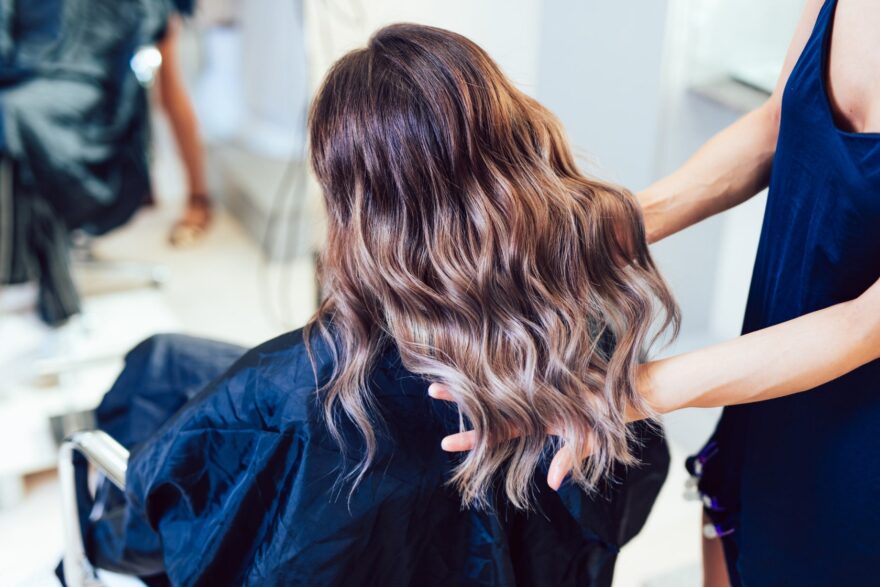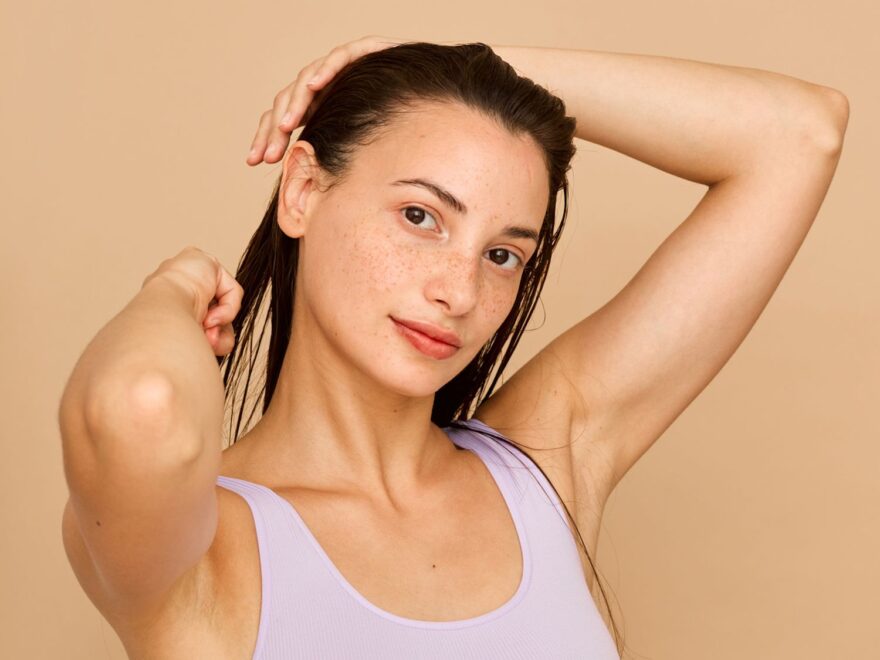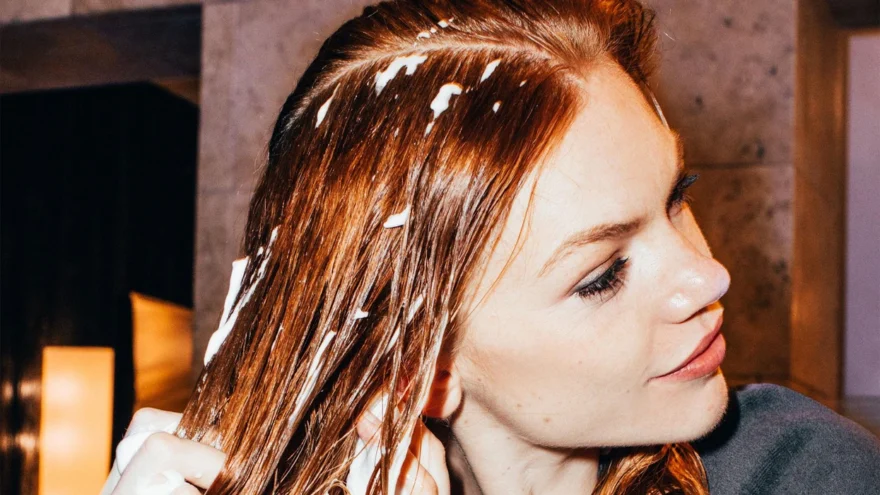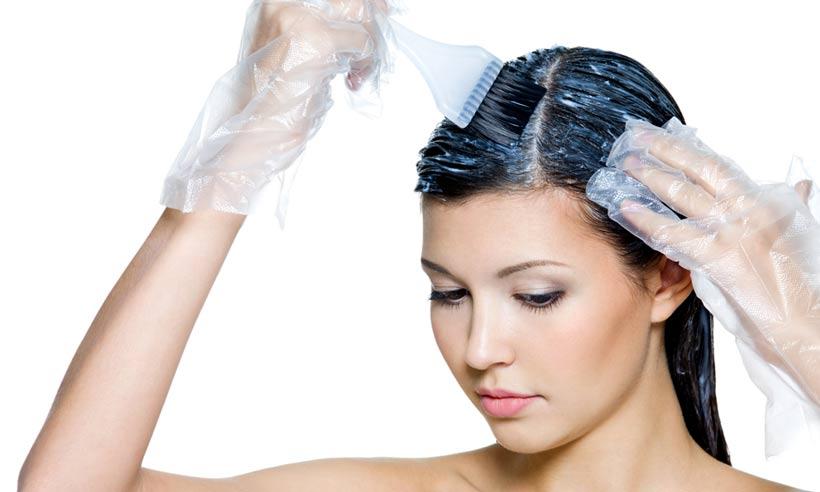Wet vs. Dry ─ The Best Condition to Dye Your Hair ─ 2024 Guide

Dyeing your hair can be a transformative experience, offering a fresh look and a boost in confidence. However, the debate between applying dye on wet vs. dry hair continues to puzzle many.
With advancements in care technology and a deeper understanding of hair science, the 2024 guide sheds light on this subject, providing insights that promise to enhance your hair dyeing experience.
Whether you’re a seasoned colorist or a first-time dyer, this comprehensive guide will equip you with the knowledge to make informed decisions.
Wet Hair Dyeing ─ The Moisture Factor
Wet hair dyeing is not a one-size-fits-all approach, but it has its advantages, particularly for certain types and dyeing techniques.
Wet hair dyeing allows for easier application of dye, especially for those with thick or curly hair. The water in the hair helps in spreading the dye more evenly, reducing the chances of missed spots. Additionally, dyeing wet hair can be less damaging. Water opens up the hair cuticle, which can lead to less required dye or developer, ultimately minimizing damage.
However, there are considerations to keep in mind. Water dilutes the dye, which can result in a lighter color than expected. It’s crucial for individuals looking for vibrant or dark shades to factor this in. Moreover, certain types of dyes, such as semi-permanent colors, are formulated specifically for wet hair application, making them ideal choices for this method.

Dry Hair Dyeing ─ The Precision Approach
Dry hair dyeing is the traditional method and is favored for its predictability and precision in color application.
Dyeing hair when it’s dry offers control over the outcome. The absence of water means no dilution of the dye, allowing for true-to-color results. This method is particularly beneficial for achieving vibrant, intense colors, or when applying multiple colors, as it prevents the colors from bleeding into each other.
Nevertheless, dyeing dry hair requires careful preparation to avoid uneven color. It’s essential to start with clean, product-free hair to ensure the dye adheres evenly. Moreover, for those with sensitive scalps or damaged one, dry dyeing might exacerbate these issues, as the process can be more harsh than wet dyeing.

Making the Right Choice
Choosing between wet and dry dyeing ultimately depends on your type, desired outcome, and the dye you’re using. For those considering high-end products like Kerasilk, offered by Blonde Pearl Hair Salon, it’s essential to factor in the specific recommendations for these premium dyes.
Kerasilk, known for its luxurious and hair-friendly formulations, offers a range of ingredients that cater to different dyeing processes, enhancing both health and color.
Condition, the color you aim to achieve, and the type of dye are crucial factors in deciding the best method. For instance, semi-permanent dyes on wet hair can enhance color shine and depth, while permanent dyes on dry hair can ensure precise, long-lasting color.

Conclusion
The wet vs. dry hair dyeing debate does not have a universal answer. Both methods offer unique benefits and considerations. By understanding these and considering your hair type and color goals, you can make an informed decision that leads to beautiful, healthy-looking hair.
Whether you choose to dye it wet or dry, remember that the health of your hair should always come first. Happy dyeing!

